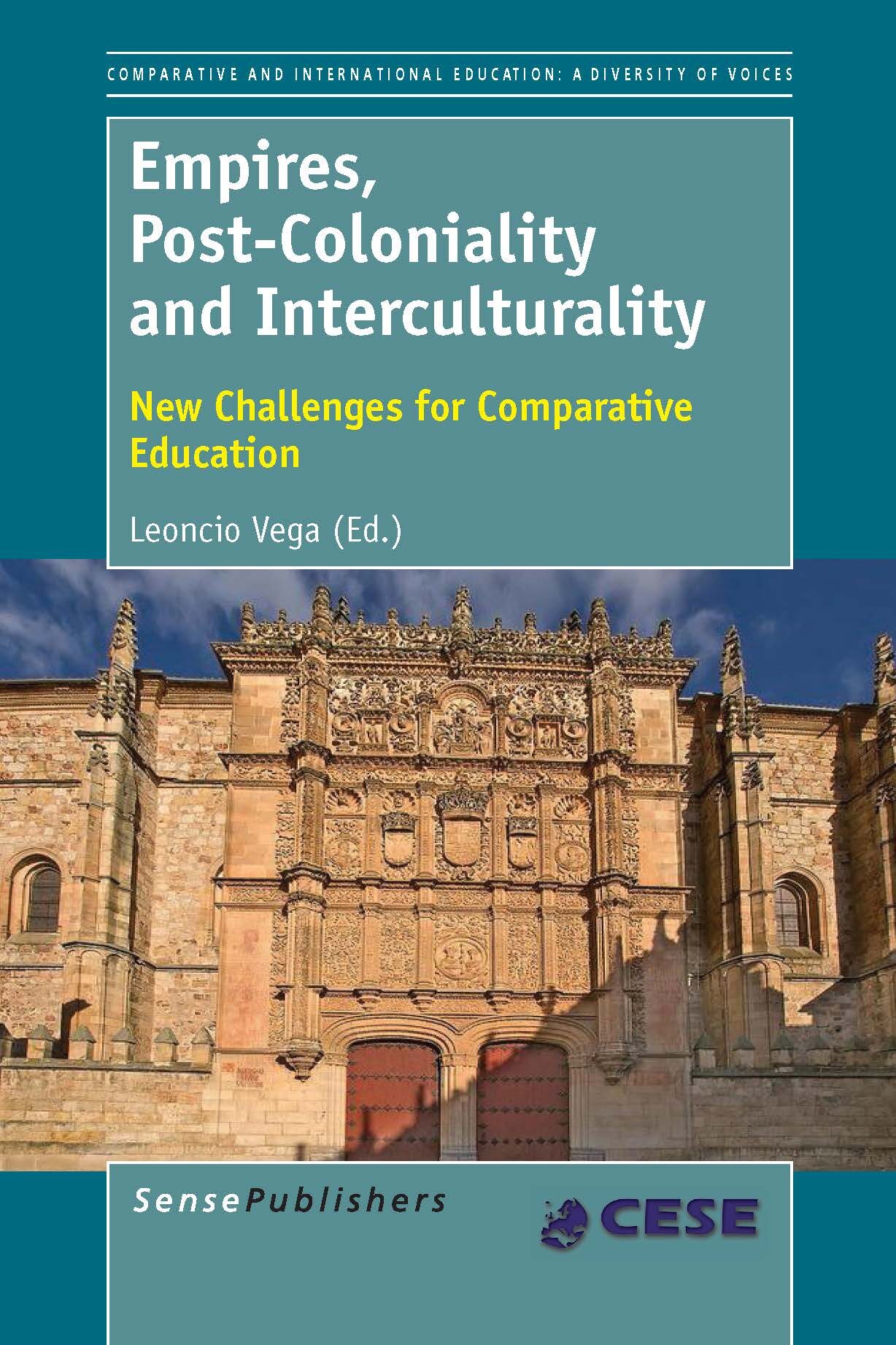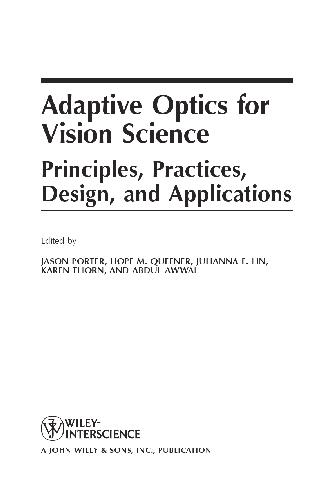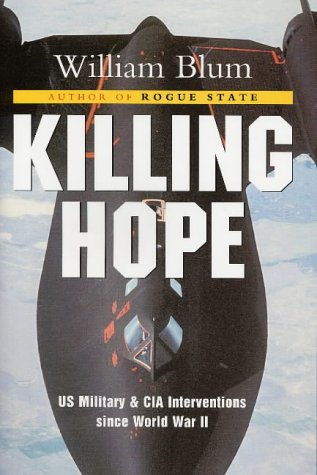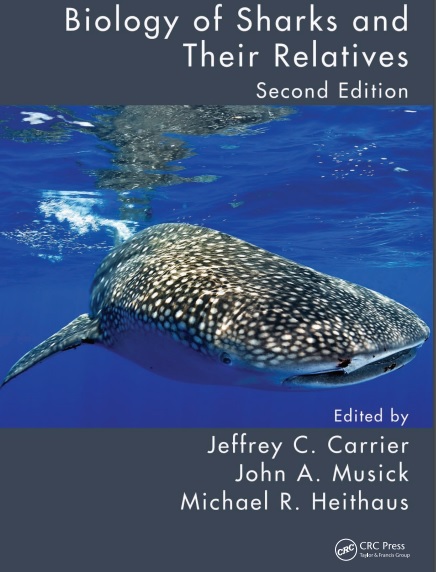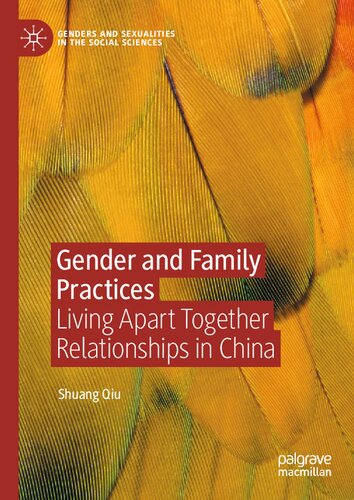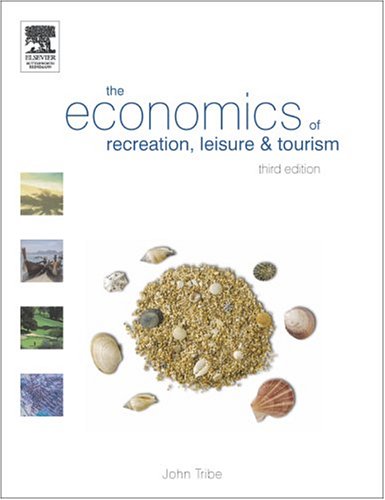موضوعات
آموزش و پرورش
ادبیات و زبان
پزشکی، دندانپزشکی و داروسازی
تاریخ و جغرافیا
داستان و رمان
دیگر
دین و فلسفه
روانشناسی
ریاضیات و آمار
سلامتی، تناسب اندام و رژیم غذایی
شیمی و پلیمر
علوم اجتماعی و حقوق
علوم زیستی و بیوتکنولوژی
فیزیک و نجوم
کامپیوتر و اینترنت
کتابهای کودکان و داستان
کسب و کار و اقتصاد
کشاورزی و دامپزشکی و غذا
معماری
مهندسی و فناوری
هنر و تئاتر
محصولات
Empires, Post-Coloniality and Interculturality - Original PDF
نویسندگان: خلاصه: Empires, Post-Coloniality and Interculturality: New Challenges for Comparative Education, presents some outcomes of the 25th Conference of the Comparative Education Society in Europe (CESE), held in Salamanca, in June 2012. The central aim proposed for the debates of the Conference revolves around an intellectual effort to re-think and re-direct the scientific discipline of Comparative Education based on the broad cultural trends that influence the internationalization and/or globalization of education. Reconsidering and/or re-thinking our discipline involves studying the influence exerted on it by three major international forces. First, empires, not so much in terms of discipline or governance but more related to cultural, technological and knowledge perspectives. This area addresses both historical process and contemporary circumstances and is expressed through networks, research programs, academic reform in universities supported by criteria of governance and efficiency, transnational mobility, and linguistic monopolies. Second, it is necessary to re-think the influence of post-colonialism in educational models and models of citizens’ education not only from the perspective of their impact on the curricular reorganization of education systems but also of their educational and sociocultural expression. Both forms were acclaimed both in the 19th century and the 20th century within different international geographic contexts. The third component of the discourse triangle is the reconsideration (not only historical) of the impact of migratory fluxes, or better said, of “cultural migrations”, and their relationship with the reordering of curricular and educational processes in both education systems and in the social framework. Education is now in a transition from “monoculture” to multiple cultures in the classroom. This publication is structured along four themes that illustrate the academic contributions to the Conference. The themes are as follows: I. From Empires, History and Memory: Comparative Studies of Education, II. Learning and Assessment Processes: an International Perspective, III. Transnational Education and Colonial Approach, IV. International Education: Comparative Dimensions.Fruit Flies (Tephritidae): Phylogeny and Evolution of Behavior - Original PDF
نویسندگان: خلاصه: Fruit flies (Diptera: Tephritidae) are among the most destructive agricultural pests in the world, eating their way through acres and acres of citrus and other fruits at an alarming rate and forcing food and agriculture agencies to spend millions of dollars in control and management measures. But until now, the study of fruit flies has been traditionally biased towards applied aspects (e.g., management, monitoring, and mass rearing)-understandable, given the tremendous economic impact of this species.This work is the first that comprehensively addresses the study of the phylogeny and the evolution of fruit fly behavior. An international group of highly renowned scientists review the current state of knowledge and include considerable new findings on various aspects of fruit fly behavior, phylogeny and related subjects. In the past, the topics of phylogeny and evolution of behavior were barely addressed, and when so, often superficially. Fruit Flies (Tephritidae): Phylogeny and Evolution of Behavior is a definitive treatment, covering all behaviors in a broad range of tephritids.Adaptive Optics for Vision Science Principles Practices Design and Applications - Original PDF
نویسندگان: خلاصه: The high transverse resolution of retinal imaging systems equipped with adaptive optics provides a unique opportunity to record these eye move- ments with very high accuracy. Putnam et al. showed that it is possible to record the retinal location of a fixation target on discrete trials with an error at least 5 times smaller than the diameter of the smallest foveal cones [63]. We used this capability to measure the standard deviation of fixation positions FIGURE 1.7 Images of the cone mosaics of 10 subjects with normal color vision, obtained with the combined methods of adaptive optics imaging and retinal densi- tometry. The images are false colored so that blue, green, and red are used to repre- sent the S, M, and L cones, respectively. (The true colors of these cones are yellow, purple, and bluish-purple). The mosaics illustrate the enormous variability in L/M cone ratio. The L/M cone ratios are (A) 0.37, (B) 1.11, (C) 1.14, (D) 1.24, (E) 1.77, (F) 1.88, (G) 2.32, (H) 2.36, (I) 2.46, (J) 3.67, (K) 3.90, and (L) 16.54. The proportion of S cones is relatively constant across eyes, ranging from 3.9 to 6.6% of the total population. Images were taken either 1° or 1.25° from the foveal center. For two of the 10 subjects, two different retinal locations are shown. Panels (D) and (E) show images from nasal and temporal retinas, respectively, for one subject; (J) and (K) show images from nasal and temporal retinas for another subject. Images (C), (J), and (K) are from Roorda and Williams [52]. All other images were made by Heidi Hofer. (See insert for a color representation of this figure.) (From Williams and Hofer [57]. Reprinted with permission from The MIT Press.) across discrete fixation trials, obtaining values that ranged from 2.1 to 6.3 arcmin, with an average of 3.4 arcmin, in agreement with previous studies [63, 64]. Interestingly, the mean fixation location on the retina was displaced from the location of highest foveal cone density by an average of about 10 arcmin (as shown in Fig. 1.8), indicating that cone density alone does not drive the location on the retina selected for fixation. This method may have interesting future applications in studies that require the submicron registra- tion of stimuli with respect to the retina or delivering light to retinal features as small as single cells. Whereas the method developed by our group can only record eye position on discrete trials, Scott Stevenson and Austin Roorda have shown that it is possible to extract continuous eye movement records from video-rate images obtained with an adaptive optics scanning laser ophthalmoscope (AOSLO) [66]. Eye movements cause local warping of the image within single video frames as well as translation between frames. The warping and translation information in the images can be used to recover a record of the eye move- ments that is probably as accurate as any method yet devised. This is illus- trated in Figure 1.9, which compares the eye movement record from the AOSLO with that from a Dual Purkinje Eye Tracker. The noise in the AOSLO trace is on the order of a few arc seconds compared to about a minute of arc for the Dual Purkinje Eye Tracker. Note also the greatly reduced overshoot following a saccade in the AOSLO trace. These overshoots are thought to be partly artifacts caused by lens wobble following the saccade and do not reflect the true position of the retinal image. The AOSLO is not susceptible to this artifact because it tracks the retinal position directly rather than relying on reflections from the anterior optics.Killing Hope_ US Military and CIA Interventions Since World War II. Part 1-Zed Books Ltd (2003) - Original PDF
نویسندگان: خلاصه: Introduction A Brief History of the Cold War and Anti-communism Our fear that communism might someday take over most of the world blinds us to the fact that anti- communism already has. —Michael Parenti1 It was in the early days of the fighting in Vietnam that a Vietcong officer said to his American prisoner: "You were our heroes after the War. We read American books and saw American films, and a common phrase in those days was "to be as rich and as wise as an American". What happened?"2 An American might have been asked something similar by a Guatemalan, an Indonesian or a Cuban during the ten years previous, or by a Uruguayan, a Chilean or a Greek in the decade subsequent. The remarkable international goodwill and credibility enjoyed by the United States at the close of the Second World War was dissipated country-by-country, intervention-by-intervention. The opportunity to build the war- ravaged world anew, to lay the foundations for peace, prosperity and justice, collapsed under the awful weight of anti-communism. The weight had been accumulating for some time; indeed, since Day One of the Russian Revolution. By the summer of 1918 some 13,000 American troops could be found in the newly-born Union of Soviet Socialist Republics. Two years and thousands of casualties later, the American troops left, having failed in their mission to "strangle at its birth" the Bolshevik state, as Winston Churchill put it.3 The young Churchill was Great Britain's Minister for War and Air during this period. Increasingly, it was he who directed the invasion of the Soviet Union by the Allies (Great Britain, the US, France, Japan and several other nations) on the side of the counter-revolutionary "White Army". Years later, Churchill the historian was to record his views of this singular affair for posterity: Were they [the Allies] at war with Soviet Russia? Certainly not; but they shot Soviet Russians at sight. They stood as invaders on Russian soil. They armed the enemies of the Soviet Government. They blockaded its ports, and sunk its battleships. They earnestly desired and schemed its downfall. But war—shocking! Interference—shame! It was, they repeated, a matter of indifference to them how Russians settled their own internal affairs. They were impartial—Bang!4 What was there about this Bolshevik Revolution that so alarmed the most powerful nations in the world? What drove them to invade a land whose soldiers had recently fought alongside them for over three years and suffered more casualties than any other country on either side of the World War? The Bolsheviks had had the audacity to make a separate peace with Germany in order to take leave of a war they regarded as imperialist and not in any way their war, and to try and rebuild a terribly weary and devastated Russia. But the Bolsheviks had displayed the far greater audacity of overthrowing a capitalist- feudal system and proclaiming the first socialist state in the history of the world. This was uppityness writ incredibly large. This was the crime the Allies had to punish, the virus which had to be eradicated lest it spread to their own people. 6 The invasion did not achieve its immediate purpose, but its consequences were nonetheless profound and persist to the present day. Professor D.F. Fleming, the Vanderbilt University historian of the Cold War, has noted: For the American people the cosmic tragedy of the interventions in Russia does not exist, or it was an unimportant incident long forgotten. But for the Soviet peoples and their leaders the period was a time of endless killing, of looting and rapine, of plague and famine, of measureless suffering for scores of millions— an experience burned into the very soul of a nation, not to be forgotten for many generations, if ever. Also for many years the harsh Soviet regimentations could all be justified by fear that the capitalist powers would be back to finish the job. It is not strange that in his address in New York, September 17, 1959, Premier Khrushchev should remind us of the interventions, "the time you sent your troops to quell the revolution", as he put it.5 In what could be taken as a portent of superpower insensitivity, a 1920 Pentagon report on the intervention reads: "This expedition affords one of the finest examples in history of honorable, unselfish dealings ... under very difficult circumstances to be helpful to a people struggling to achieve a new liberty."6 History does not tell us what a Soviet Union, allowed to develop in a "normal" way of its own choosing, would look like today. We do know, however, the nature of a Soviet Union attacked in its cradle, raised alone in an extremely hostile world, and, when it managed to survive to adulthood, overrun by the Nazi war machine with the blessings of the Western powers. The resulting insecurities and fears have inevitably led to deformities of character not unlike that found in an individual raised in a similar life- threatening manner. We in the West are never allowed to forget the political shortcomings (real and bogus) of the Soviet Union; at the same time we are never reminded of the history which lies behind it. The anti-communist propaganda campaign began even earlier than the military intervention. Before the year 1918 was over, expressions in the vein of "Red Peril", "the Bolshevik assault on civilization", and "menace to world by Reds is seen" had become commonplace in the pages of the New York Times. During February and March 1919, a US Senate Judiciary Subcommittee held heatings before which many "Bolshevik horror stories" were presented. The character of some of the testimony can be gauged by the headline in the usually sedate Times of 12 February 1919: DESCRIBE HORRORS UNDER RED RULE. R.E. SIMONS AND W.W. WELSH TELL SENATORS OF BRUTALITIES OF BOLSHEV1KI— STRIP WOMEN IN STREETS—PEOPLE OF EVERY CLASS EXCEPT THE SCUM SUBJECTED TO VIOLENCE BY MOBSBiology of sharks and their relatives (2nd Edition) - Original PDF
نویسندگان: خلاصه: We developed the content and published Biology of Sharks and Their Relatives (Volume I) because of a need for an updated, timely reference volume on the biology of sharks, skates, rays, and chimaeras. In the Preface to that first volume, we noted that little in the way of comprehensive summaries of chondrichthyan biology had been done since the volumes of research papers produced by Perry Gilbert in 1963 and 1967. Sharks and Survival and Sharks, Skates, and Rays, at that time, provided a comprehensive examination of shark research and served as points of departure for future studies. It was over 20 years after the publication of Dr. Gilbert’s edited volumes that Elasmobranchs as Living Resources, edited by Wes Pratt, Sonny Gruber, and Toru Taniuchi, was published in 1990, followed nearly a decade later by Will Hamlett’s extensive review (1999) of the anatomy and fine structure of elasmobranch fishes.The Economics of Recreation, Leisure and Tourism, - Original PDF
نویسندگان: خلاصه: Now in its third successful edition, The Economics of Leisure and Tourism has been fully revised and updated to cover all the latest issues and changes, and more. Essentially a real world text in applied economics, it explains the necessary economic theories from first principles and applies them to a range of leisure and tourism problems and issues at the consumer, business, national and international level. Key themes discussed are: * How is the provision of leisure and tourism determined and could it be provided in a different way? * What are the key opportunities and threats facing leisure and tourism & environmental impacts? * How can economics be used to manage leisure and tourism? International in its outlook, this text uses examples from Brazil, China, India and Japan, as well as Europe, North America and Australia. With an accompanying website with links and Powerpoint resources for lecturers, this new edition provides: * New chapters on regeneration, tourism as an economic development strategy, globalisation and ppolitical economy of tourism. * Introduction of dependency theory and development economics theories * Liberal use of press cuttings, journal articles and international case studies * User friendly learning features such as: visual mapping of chapter contents, chapter objectives, summaries of key points' short answer questions. * User-friendly and relevant, no 'theory for theory's sake' * Visual mapping of the content of each chapter * Liberal use of press cuttings and international case studies (e.g. North America, Europe and Australia)آیا کتاب مورد نظر هنوز بر روی سایت قرار نگرفته است؟ جای نگرانی نیست! کافی است بر روی گزینه سفارش کتاب کلیک کرده و درخواست خود را ثبت کنید. در کمتر از چند ساعت کتاب شما را آماده خواهیم کرد.
